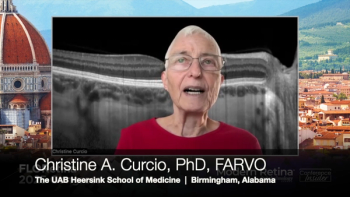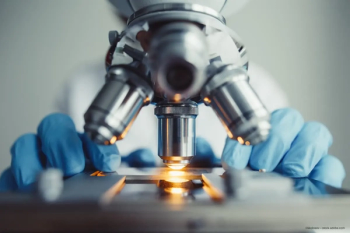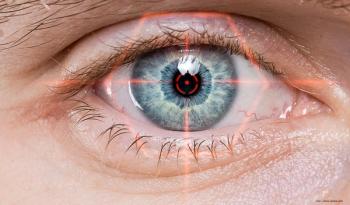
New frontiers of ophthalmology – Part I
Stem cell technology for AMD treatment
Key Points
Stem cells can generally fall into four categories:
Each individual totipotent stem cell has the ability to develop into a full-fledged living body, e.g. the zygote and the blastomere (embryo's first cells).
Multipotent stem cells can specialise only in some types of related cells, for example blood elements, such as red blood cells, white blood cells and blood platelets. Multipotent stem cells are also present in the nervous system of adults, as in the retina, which is one of the differentiations of the central nervous system.
Finally, unipotent stem cells can generate only a specific type of cell.
Depending on their origin, stem cells can also be classified as:
Adult: i.e. coming from the bone marrow of adults, or embryo, when taken from the umbilical cord:
Blood left on the placenta and on the umbilical cord is also a source of adult haemopoietic stem cells. Since 1988, these cells have been used to treat Gunther disease, Hunter syndrome, acute lymphocytic leukemia and many other paediatric pathologies.
Blood is collected from the umbilical cord – during spontaneous labour or C-section alike – by taking a sample from the umbilical vein (in a sterile closed circuit). Then, the volume and the number of white blood cells are calculated, which must not be below 60 ml and 800 millions respectively.
It must be considered that this blood is not analysed directly given the potential presence of infectious agents. In fact, serologic tests are carried out on the parturient during labour and six months after cord donation. However, HLA typing is performed to verify if the donee is compatible with the donor's tissue. HLA typing results are published on global databases, accessible by transplant centres authorised to search for compatible tissues for their patients. Blood taken from the umbilical cord is deprived of red blood cells and then cryo-preserved for future use at a temperature ranging from -130° to -196° C. Before transplantation, the blood is thawed and once all cryoprotective agents have been filtered, it is administered to the patient intravenously.
Prior to authorisation from the relevant authorities, it is also possible to take blood from the placenta and send it abroad for cryopreservation in private laboratories.
This type of treatment, where stem cells are taken from a donor, is commonly referred to as heterologous or allogenic.
Conversely, when stem cells are taken from the very same patients on whom they are going to be used, as we normally do in our medical practice, we refer to an autologous treatment.
Newsletter
Get the essential updates shaping the future of pharma manufacturing and compliance—subscribe today to Pharmaceutical Technology and never miss a breakthrough.










































